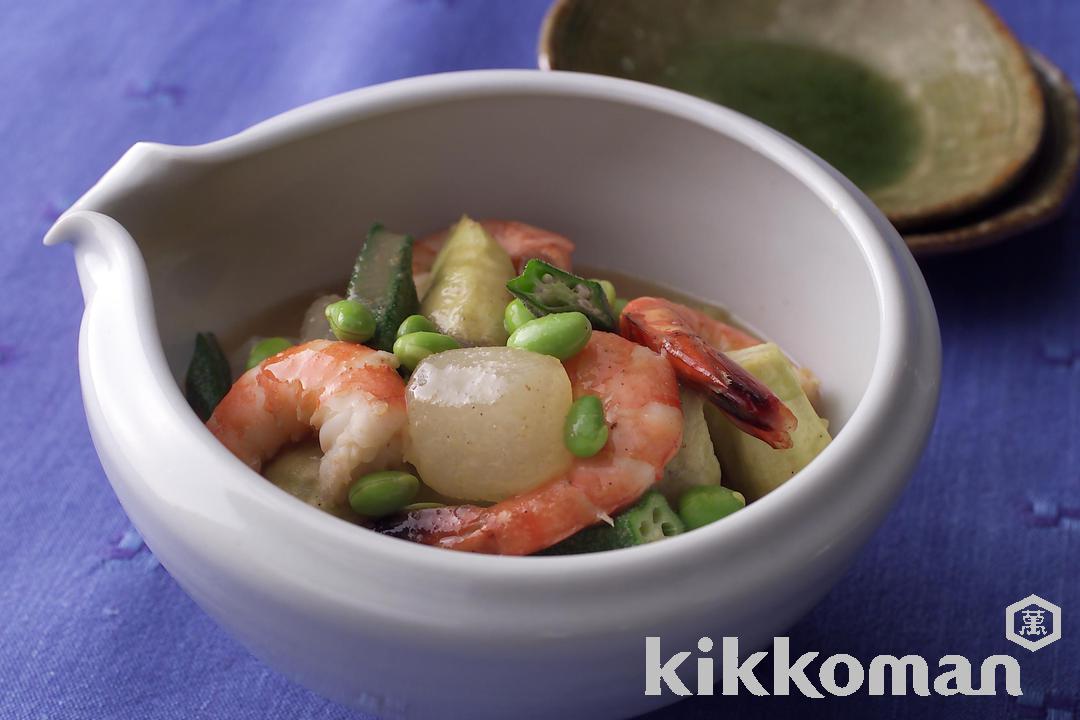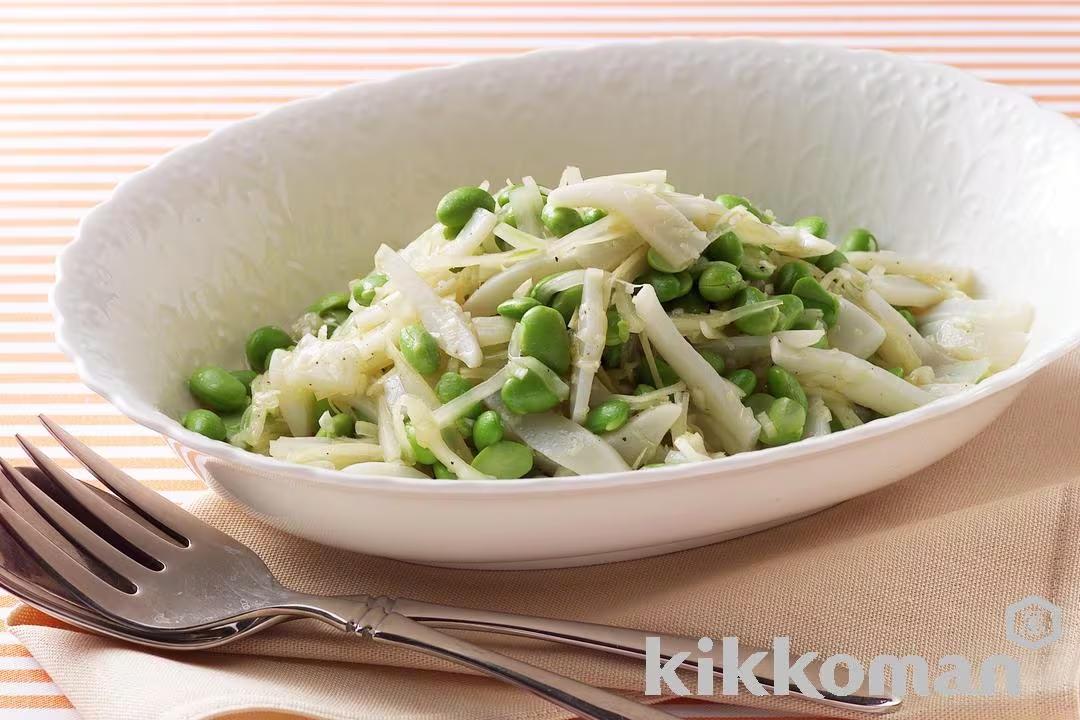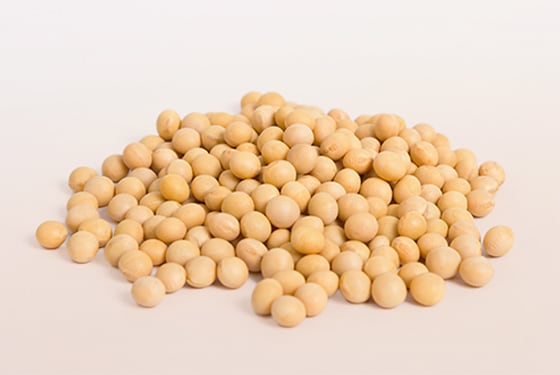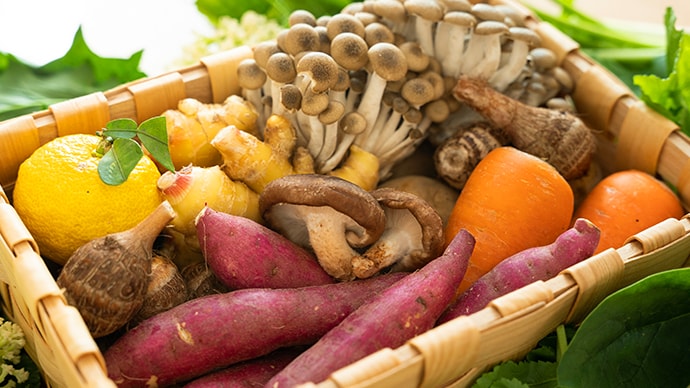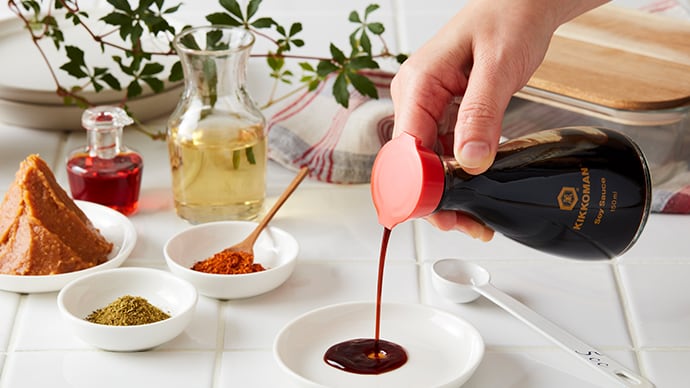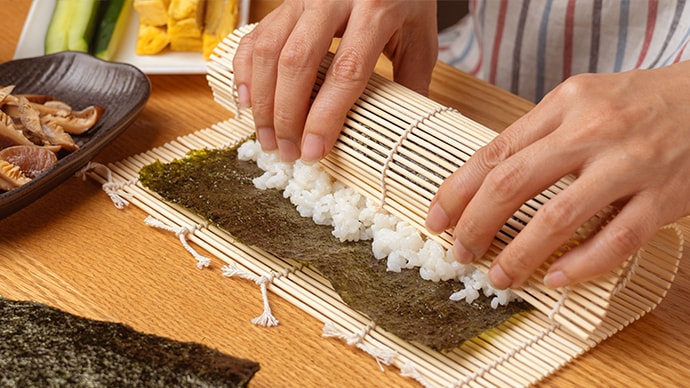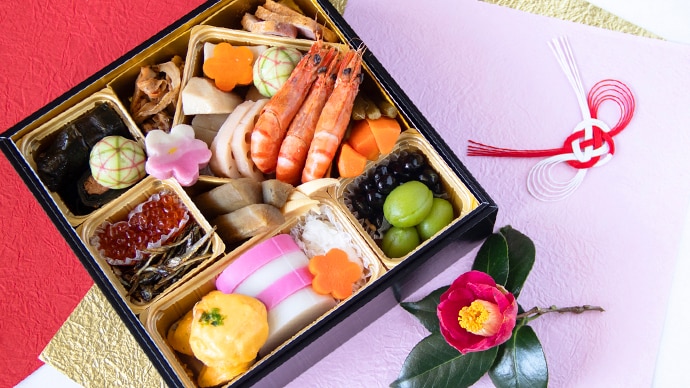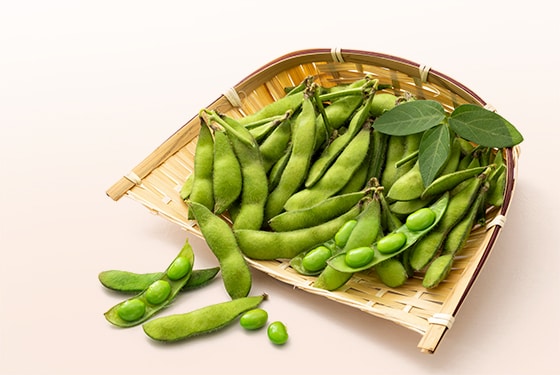
Young, green soybeans perfect for summer
What is edamame?
Edamame (えだまめ in Japanese) is soybeans that are harvested while still green, with their peak season in Japan from July to August. It can be enjoyed in a variety of dishes, such as boiled with salt and served as a beer snack, mixed into cooked rice, or used in stir-fries and sautés. When mashed, edamame is called “zunda,” and it can be sweetened with sugar to make desserts or seasoned with salt for salads.

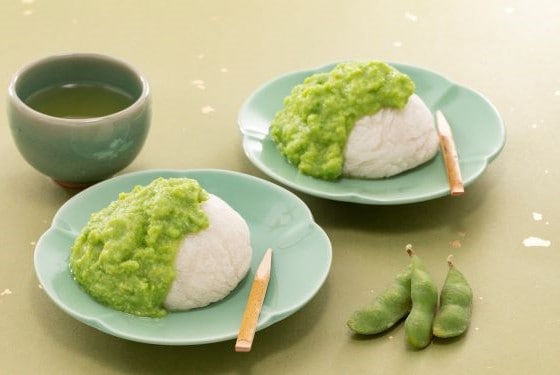
Nutrition facts
Edamame contains protein and is rich in vitamin C, which contributes to immunity; potassium, which promotes sodium excretion; and iron, which produces blood. It also contains zinc, which is involved in the synthesis and regulation of hormones; vitamin B1, which metabolizes carbohydrates; beta-carotene, which is related to skin and eye health; dietary fiber, which regulates the intestinal environment; and isoflavones, which have female hormone-like effects. Edamame also contains lecithin, an important component that makes up the brain and nerves, and is also involved in the metabolism of lipids in the liver.
Edamame is often eaten as a drinking snack in Japan, and it is a good pair to alcohol as it contains nutrients that are known to metabolize alcohol. It is often cooked with salt, but it is recommended to use salt sparingly when cooking.
Storage to prevent food loss
The freshness of edamame is key to its taste. When storing, remove the edamame from the branches on the same day you purchase it, boil it, and then store it in the refrigerator or freeze them. If freezing, boil it slightly firmer. You can also freeze fresh edamame without boiling.
Trivia
In the Edo period (1603 – 1868), “edamame sellers” would walk around selling salted, boiled edamame on the branch during the summer. It is said that both adults and children would buy it as a convenient snack.
Related Recipes
10min+
128kcal
472mg
20min+
398kcal
600mg






